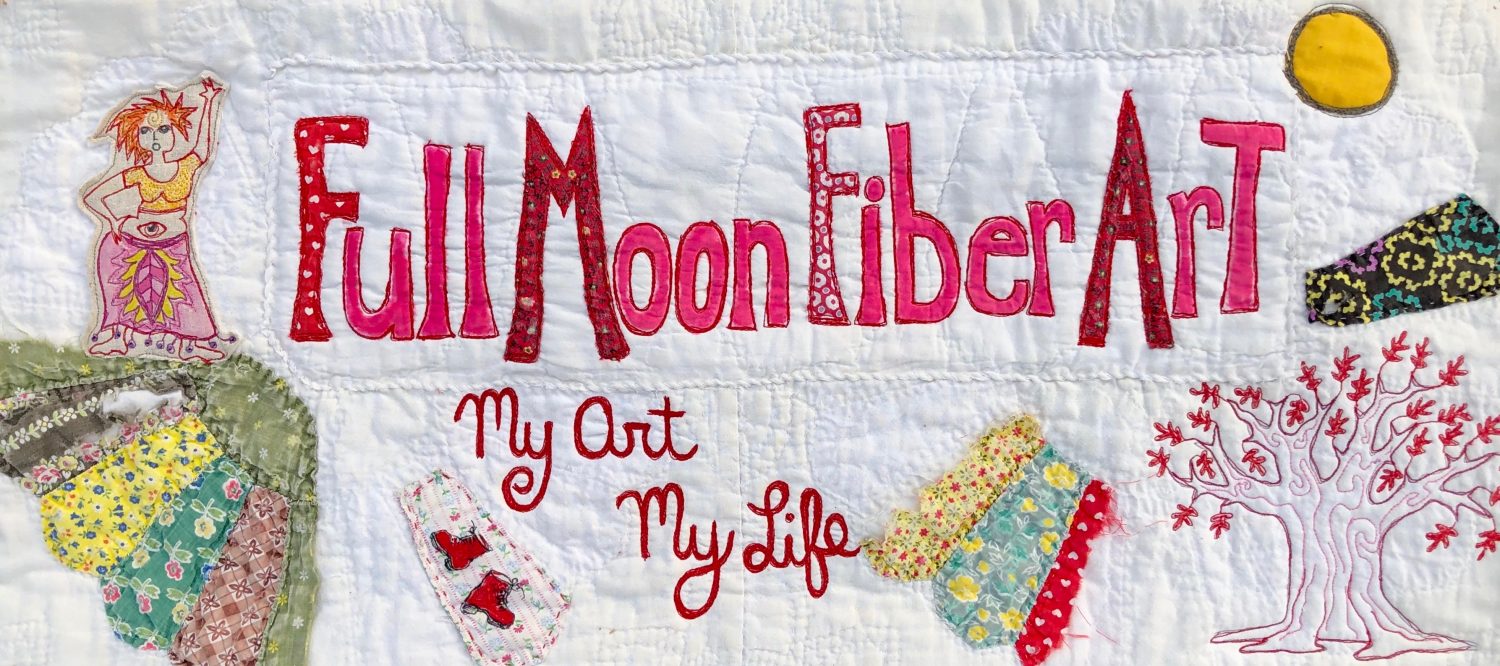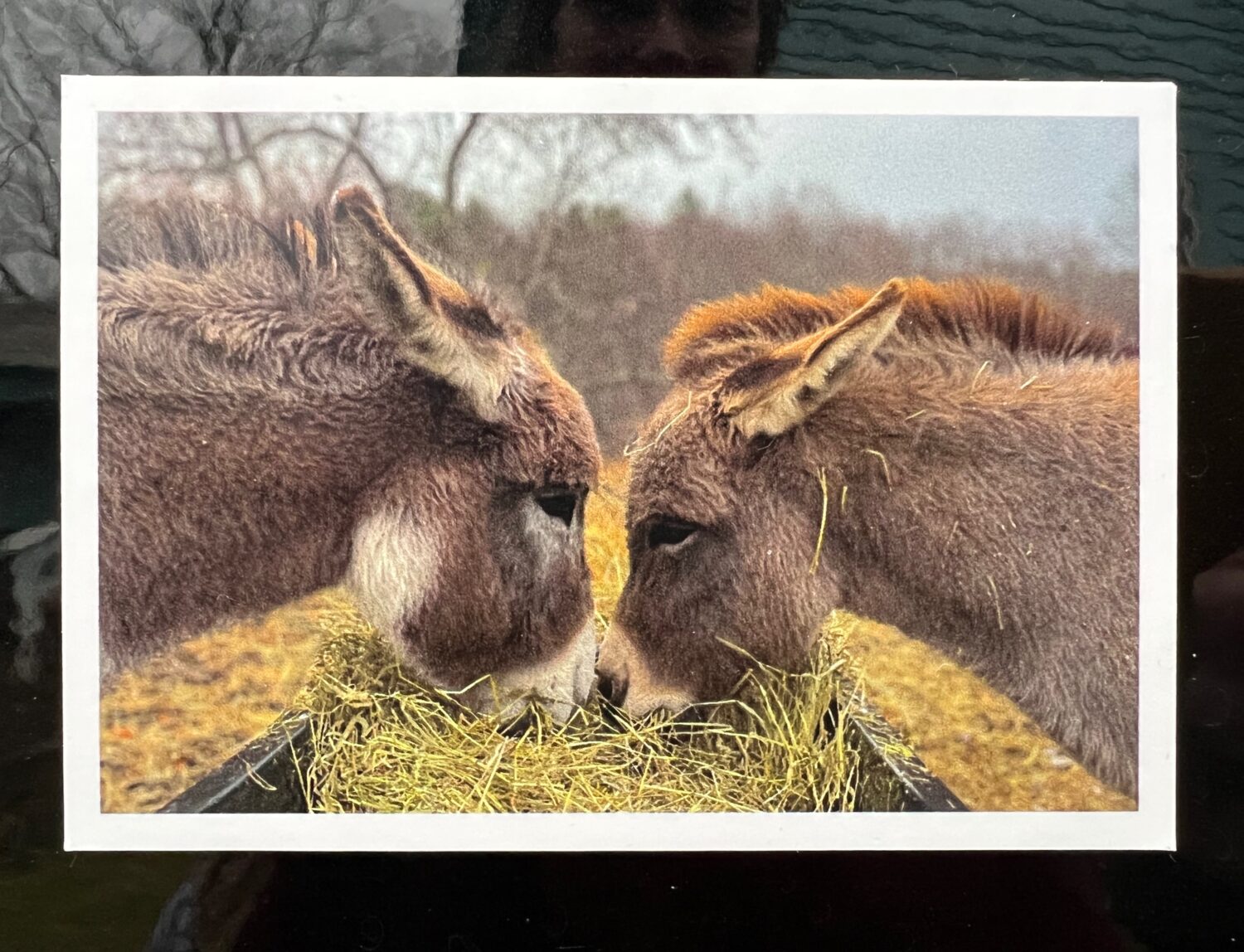
I almost raked the poor thing up with the manure. I was mucking out the pole barn and didn’t see it till it moved. From a distance I thought it was a big pink worm, but then saw the little wriggly body, the closed purple eyes and bright yellow beak.
I looked up and saw the nest in the rafters of the barn. It seemed hopeless to me, but when Jon suggested I put the featherless baby bird back in the nest I wondered why I hadn’t thought of it.
At least now it would have a chance.
I got the big ladder, then gently picked up the bird, but when I got to the nest, it was just a mess of hay and leaves, without an obvious place to put the bird. So I tucked it into the bundle of hay and hoped for the best.
Then I noticed the other nest in the rafters, which looked similar to the one I had just put the baby bird in. Except that I could see it had been built on top of a swallow’s nest.
When I put up a video of the swallows last week, Linda wrote to me on facebook saying that she was seeing strange piles of hay and leaves coming from some of her barn swallow nests and wondering what it was.
This looked to be the same thing.
From what I could find, it seems that both House Sparrows and Starlings will kill the babies in a Swallow’s nest and take it over. From the pictures I’ve seen on-line, it looks like the Swallow’s nest in our barn was taken over by Starlings. I also see a lot of them around the house and barn.
I know it’s nature, but if I can prevent a Starling from taking over a Swallows nest I would. I wouldn’t harm any eggs or baby birds, but if I can keep taking the nest apart as the bird is building it, or after it’s built, and discourage it from nesting in the barn I will.
And now I’m sure, that the baby bird I put back in the nest is a Starling.
So the paradox. I tried to save a baby bird, whose nest I might someday dismantle to keep it from taking over a Barn swallow’s nest.
I’ve heard that Starlings were brought to American as an exotic bird to put in Central Park in New York City when it was made in 1859. And because of their adaptibility, are now seen as an invasive species by many people.
I don’t want to judge the Starling for its ability to survive, but I am putting my values on it when I try to keep it from nesting in the nest of a Barn Swallow.
I do wonder what will happen if the Starling drive all the Barn Swallows away.
And I also love seeing our Barn Swallows come back every year, love watching the babies hatch and learn to fly. Sometimes, I’ll stand in the barn watching them circle around like bats, catching bugs and even dive bombing me and cats if we get too close.
So right or wrong, for now, I get to decide. I don’t mind if the Starlings built their own nests in the barn, but they have to leave room for the Barn Swallows to have their nest too.















On our family farm in Tennessee, the shotgun stayed loaded and behind the back door. The starlings would come in droves at certain times of the year. They made quite a nasty mess, and drove the other birds away. It was just what we did.
Wow Eunice that’s a wild image to imagine. And I can understand it too.
Mozart’s Starling……..a book you might enjoy. I think it must be difficult at times to be the prolific intruder that everyone hates. This book brings a bit of lightness to those thoughts and of course, many interesting bits about Mozart’s life – with and without his starling. None of us like the thugs (plants OR animals) but yes, they are here for some reason.
I’ve heard of that book Linda, I’ll check it out. Thanks!
Oh, and I should’ve added that we rarely killed very many starlings…they hated the shotgun noise (I guess), and scattered….for awhile anyway.
I thought you all were good shots Eunice! I can imagine them being scared off by the noise.